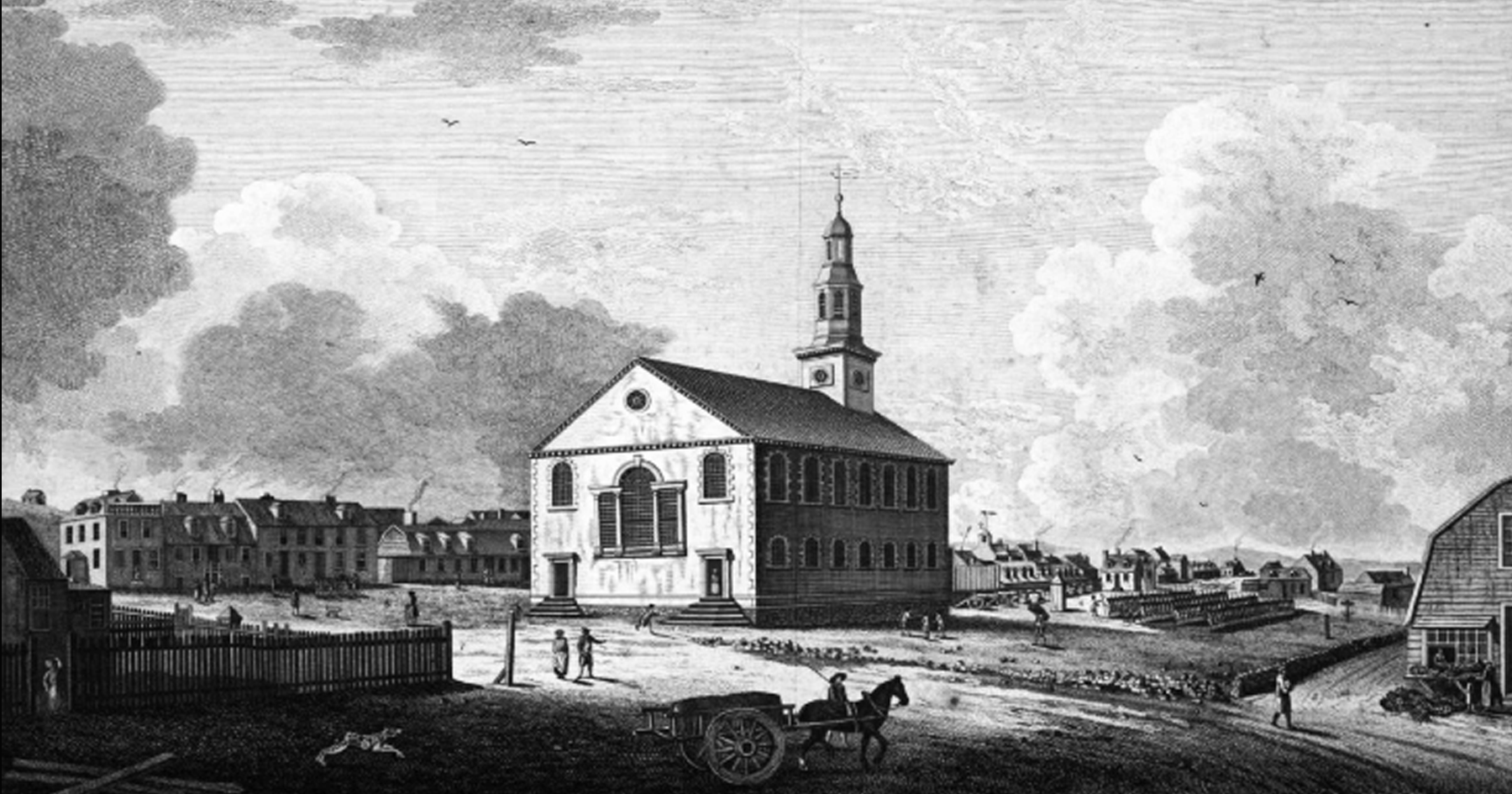This historical account is based on articles from “Our Heritage,” circa 1946. The article was entitled, “The Old Church Comes to Canada,” written by the Rev. Canon A.R. Kelly, M.A.
This is the first of a series of articles on our history as Anglicans in Canada, starting with Nova Scotia.
Canada’s Anglican history began with the settlement of Maryland. The Church of England was placed under a governor who vigorously supported the Church of England. Francis Nicholas was generous and authorized many churches to be built. The first Acting Bishop Rev. Henry Bray, DD was appointed in 1696. From Bray’s appointment there followed results of the most far-reaching importance to the Church in Canada.
The first Anglican services in Nova Scotia were in 1710. This came about because the inhabitants of the Massachusetts Bay Colony took measures to counteract French influence in the region of the Bay of Fundy by establishing English settlements. Accordingly in 1710 an expedition left Boston to subdue the French stronghold town of Port Royal, established in 1605. In three years,’ the New Englanders were in permanent possession of this town, renamed Annapolis Royal in honour of the Queen of England. Now recognized as having one of the longest histories in North America, preceding Plymouth, Jamestown, and Quebec. Colonel Nicholson was appointed Governor and recorded that a service was held at Annapolis in 1710. The Church of England in Canada spread to Prince Edward Island in 1774, and to Cape Breton in 1785.
By the middle of the 18th century, the same inhabitants of Boston Massachusetts Bay Colony again felt uneasy as they did in 1710 at Annapolis Royal. Again Louisburg, a French fortress in Cape Breton, which guarded the entrance to the Gulf of St Lawrence, was being re-armed by the French forces. The Governor of Massachusetts urged the Imperial authorities to form an English settlement upon the Atlantic coastline of Nova Scotia. Chebucto Bay, with its triple harbour was approved as the site of the settlement, known today as Halifax. Halifax beckoned English families, and Germans fleeing persecution. It is estimated that half of the population of Nova Scotia are French and Swiss protestants and settlers from New England. The new Governor, the Honourable Edward Cornwallis, a twin brother of the Archbishop of Canterbury, arrived in Halifax along with a missionary Reverend William Tutty. St Paul’s Anglican Church was immediately built. The first service was held in 1749. This marked the first permanent settlement in what is now Canada. St Paul’s is still in use today.
The population of Nova Scotia grew prior to the American Revolution due to an influx of New Englanders into Nova Scotia. But in the Spring of 1776, ten thousand Boston British Loyalists fled and arrived in Halifax. Thus marked the beginning of the great migration of British American Loyalists to this country, and of the era of the Church of England in Canada’s expansion. Of three million exiles, thirty thousand went to Nova Scotia, and ten thousand to Ontario, to suffer great hardship in the Church and in Canada.
In the next article, we will take a look at how Quebec, Labrador and Ontario would be shaped into the Anglican family.


